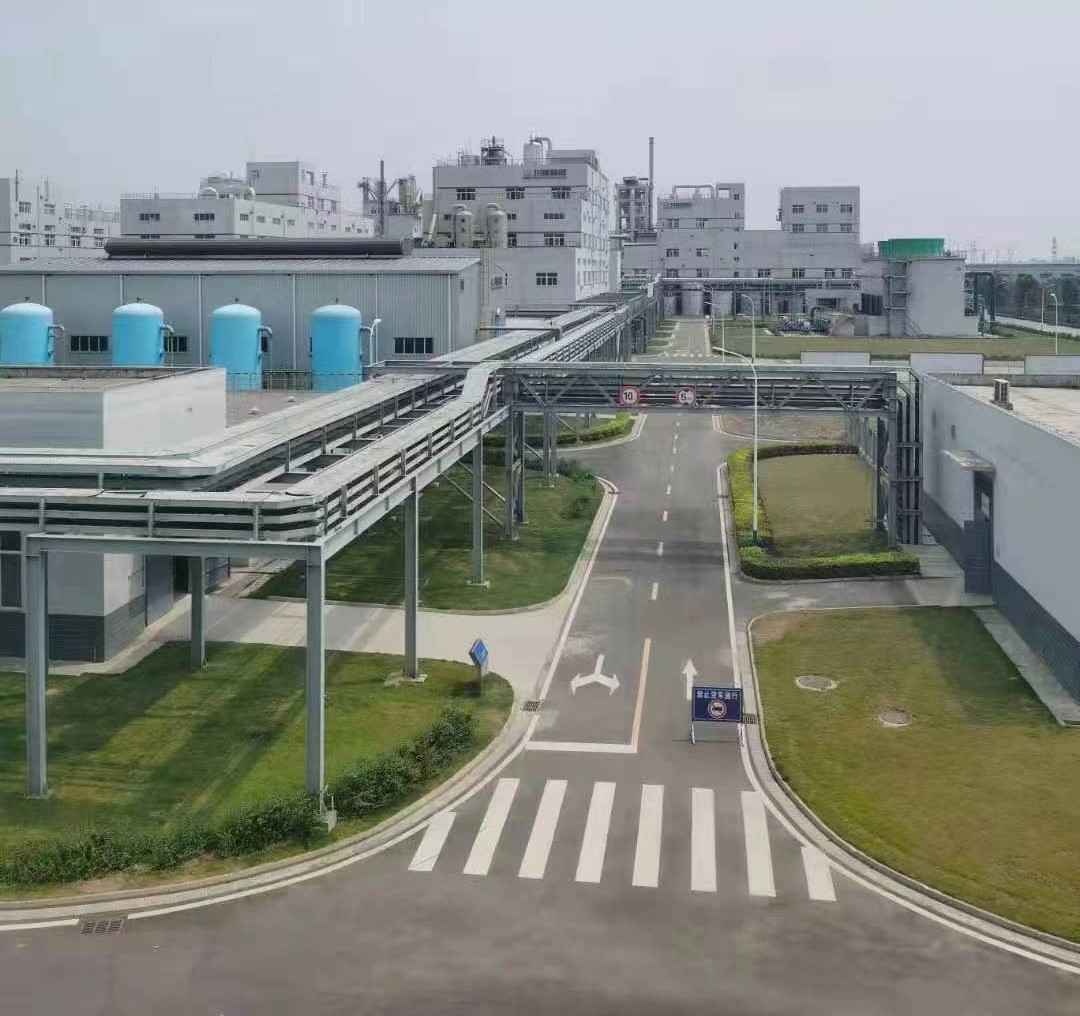Tariff adjusted back to 40.9%, China's energy storage battery orders exploded?
Jun,25,25
The high tariffs imposed by the United States on Chinese lithium battery products have caused China's lithium battery exports to the US market to stagnate. After the Chinese and US governments reached a joint statement on the Geneva economic and trade talks, the United States significantly reduced tariffs on China, and Chinese lithium battery exports to the United States resumed.
After the above measures came into effect, the US tariff on Chinese electric vehicle power batteries was reduced to 73.4%, and the tariff on non-automotive lithium batteries, including energy storage batteries, was reduced to 40.9%, both of which dropped by 115%.
As for energy storage batteries, although China's exports to the United States still face a tariff of 40.9%, China has a leading advantage in lithium iron phosphate batteries used in the energy storage industry.
Taking lithium iron phosphate batteries as an example, their cost is more than 30% lower than that of domestic production in the United States. Even after the tariff is imposed, the IRR (internal rate of return) can still reach 12%, attracting American customers to accept price increases. For example, Canadian Solar's energy storage system orders in the United States have clearly stated that they can withstand tariff costs of about 40%.
Some energy storage battery companies revealed that during the month after the tariff adjustment, they were urged by American customers to produce and ship quickly, and the company had to increase production efforts. In addition to taking advantage of the tariff window period to deliver existing energy storage project orders, some domestic energy storage companies also plan to increase their inventory in the United States during this period. If tariffs are adjusted in the future, they can continue to receive some orders by releasing inventory.
The strategy of energy storage battery companies to rush to export has not yet been fully reflected in the lithium battery export data in May. In fact, since the US tariffs on electric vehicle power batteries and non-automotive lithium batteries on China once rose to 173.4% and 155.9%, it had a greater impact on lithium battery exports in May.
Data released by the General Administration of Customs on June 20 showed that in May this year, China's lithium battery exports to the United States were US$646 million, the lowest since April 2022, down 43% from April. During the same period, China's total lithium battery exports were US$5.858 billion, down 4.5% from the previous month. Many industry insiders analyzed that in June this year, the amount of lithium batteries exported by China to the US market may increase further. However, even if exports recover in June, it will be difficult to return to previous levels. First, the direction of tariffs is still unclear; second, the Trump administration has adjusted the support policy for clean energy in the United States, and there is uncertainty about the continuation of the energy storage project investment subsidies previously launched by the Biden administration.
Judging from the feedback from domestic energy storage battery companies, the tariff adjustment is more conducive to the short-term shipment of small and medium-sized energy storage companies. The production performance of the leading energy storage companies that have signed long-term cooperation is relatively stable, and they have reduced shipments in the United States to tap into the demand of emerging markets to transfer risks.
In general, after experiencing the repeated increase in tariffs and then the suspension, the previously suspended exports of energy storage batteries and systems to the United States have resumed. However, due to the impact of the "One Big Beautiful Bill", this year may bring a rush to launch energy storage batteries and systems. However, as the risk of decoupling between China and the United States increases in the future, the uncertainty of ITC subsidy issuance increases, and the US market is more variable.
However, the market demand in Europe, Asia, Africa, Latin America, the Middle East and other markets remains strong, and the demand for large storage, household storage, and industrial and commercial storage drives domestic energy storage companies to accelerate their overseas expansion, and the increase in orders is still considerable.






